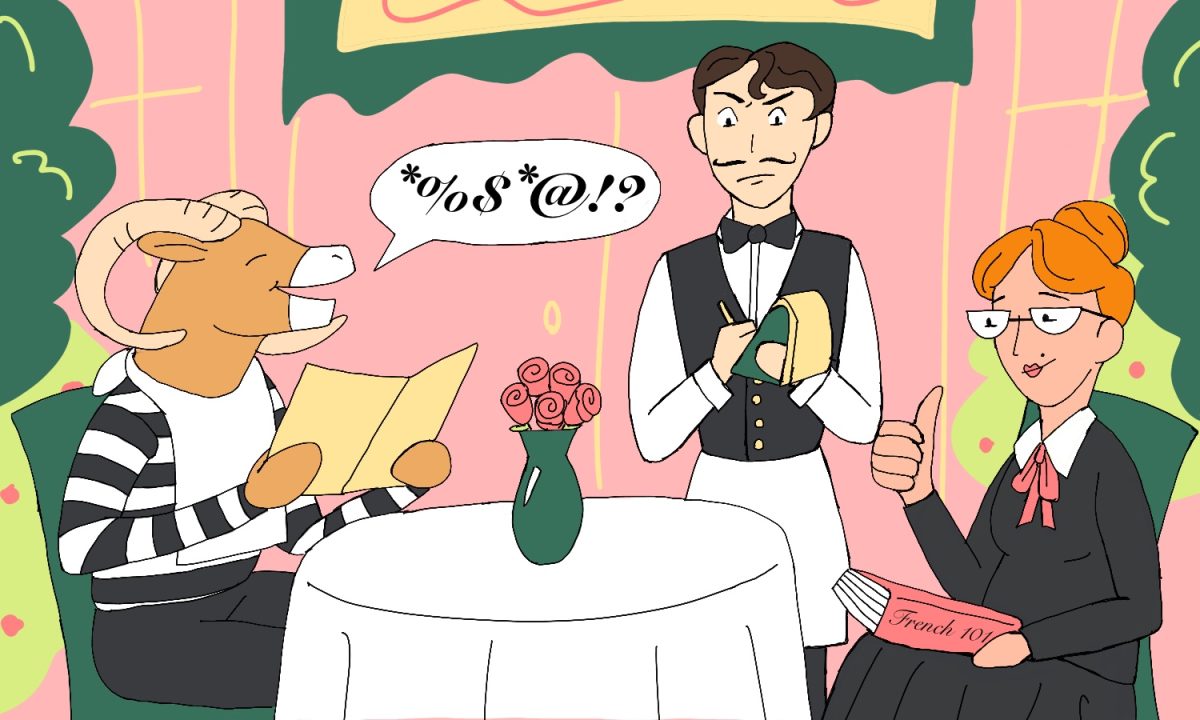Why the diversity of ideas alone is not a sufficient objective of a land grant university
By the Department of Ethnic Studies, Colorado State University
_______________________________________________________________________________________________________________________________________
Ad
In celebration of the 150th Anniversary of the Morrill Act of 1862, Colorado State University published a documentary titled “A Degree of Democracy: How the Morrill Act Changed Higher Education in America.” This documentary captured well the relationship between the Morrill Act and the spirit of America’s democratic principle where ordinary folks would have opportunities to contribute meaningfully to our society by gaining access to higher education. As a “public good measure,” the land grant institutions like CSU were inspired to serve as a “front door of American dream” “essential to the survival of our democracy.” Further, the narrator, Fred Brown, a technical journalism major from CSU, articulated that “it was a transformative piece of legislation that has evolved over 150 years, still inspiring students and solving complex problems for society.” In light of the recent racial conflicts across college campuses and communities at large, diversity continues to be an important challenge for this generation. This challenge, however, will not be adequately addressed when we view diversity as simply embedded in ideas and not rooted in the lived experiences and realities of our diverse communities.
Colorado State University has long touted the importance of diversity — it is an integral part of the University’s strategic planning and is presented prominently on the University’s homepage. From the vantage point of many minority faculty, staff and students on this campus, however, we feel that the University could do more to prepare our students to engage thoughtfully and meaningfully, not simply for diversity but through diversity. Many of us were equally dismayed when we read the article “Data Shows Lack of Diversity in CSU Honors Program,” published in the Rocky Mountain Collegian, which showed that only seven out of 391 students were identified as Latino, Black and Native American, with an additional 29 students of Asian descent. Even more striking is the fact that one of the Assistant Directors of the University Honors Program is quoted as saying that there is a “diversity of opinions” even when there is not a diversity of “color of skin” in Honors classrooms. “They might all look white,” (she) said, “But when you start peeling that down, there’s all kinds of diversity.” Indeed, there was probably a diversity of ideas even before the passage of the Morrill Act, which opened the doors particularly for women to enter public universities. But it would be quite disingenuous of us to hide behind the cloak of diversity as ideas rather than see the problem for what it is. When programs that are racially homogenous only solicit diverse ideas from one group, the “diversity of opinions” represents only that group. In essence, the idea that a “diversity of opinions” within the Honors Program sufficiently addresses diversity of experiences, identities and social locations is the very kind of thinking that produces and then uncritically espouses a racially homogeneous program.
So, then, a question emerges: What kind of diversity should CSU strive to achieve in light of its land grant mission? The abovementioned article made a reference, though inaccurate in its interpretation, to the 2003 U.S. Supreme Court decision that sought to address the issue of racial diversity in public universities. Delivering the opinion of the court, Justice Sandra Day O’Connor, in Grutter v. Bollinger, cited numerous briefs underscoring the importance of diversity without insulating any one person of a particular race from comparison with other candidates. “Student diversity,” the court exhorted, not only promotes “livelier, more spirited” discussion in classrooms, but also “better prepares students for an increasingly diverse workforce and society.” More importantly, quoting the admissions director of the law school, the court went on to argue that the student admissions record was used to track the racial and ethnic composition of the class in order to “ensure that a critical mass of underrepresented minority students would be reached so as to realize the educational benefits of a diverse student body.” By “critical mass,” the court went on, it denotes “meaningful numbers or meaningful representation” that “encourages underrepresented minority students to participate in the classroom and not feel isolated.” “When a critical mass of underrepresented minority students is present,” Kent Syverud, the dean of Vanderbilt Law School, claimed, “Racial stereotypes lose their force because non-minority students learn there is no ‘minority viewpoint,’ but rather a variety of viewpoints among minority students.”
Consistent with its land grant mission and the Grutter decision, Colorado State University should strive to lead the nation in proactively opening the doors of opportunities to underrepresented minorities and avoid falling into the ideological pitfall by equating diversity with mere differences in ideas.












